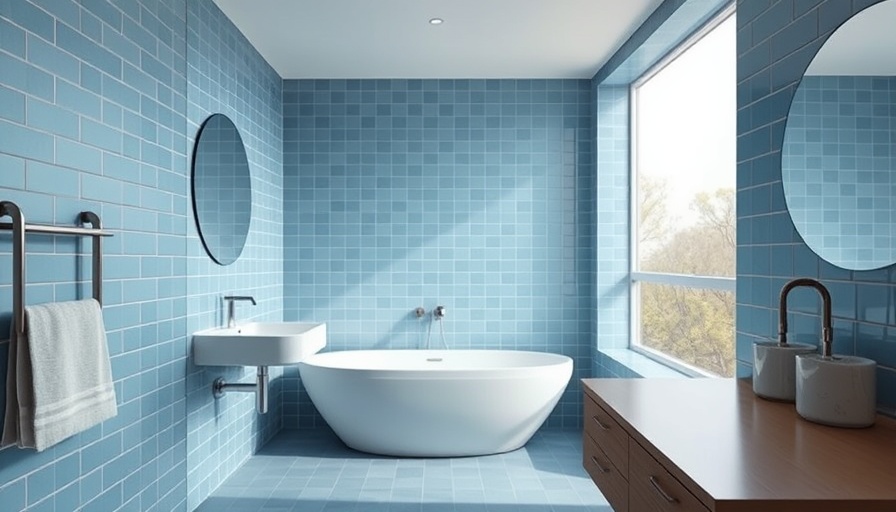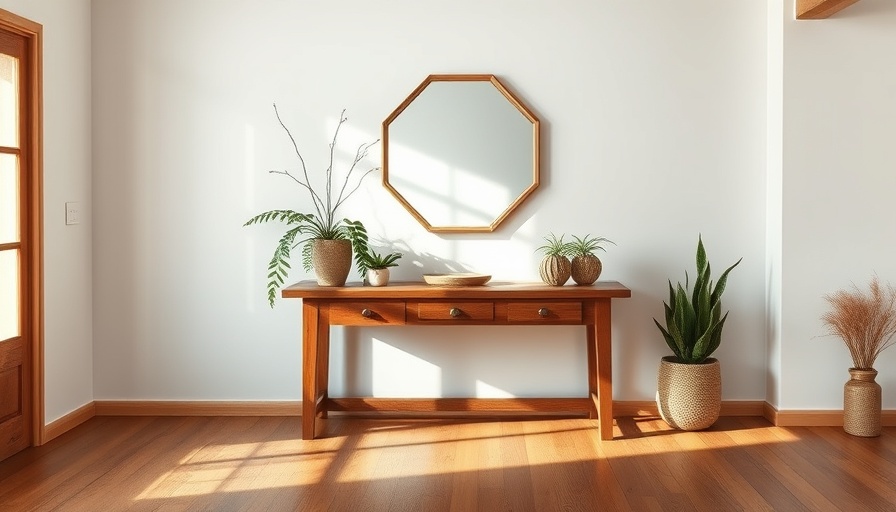
A Closer Look at La Maison Bernard's Unique History
La Maison Bernard stands as a testament to the mid-20th century architectural innovation in France, designed by the talented Edith Schreiber-Aujame in 1959. This villa is not just another house; it represents a significant chapter in architectural history influenced by iconic figures like Le Corbusier. Edith, who studied under famed architects and later contributed to major projects, brought a distinctive perspective that is evident in the villa's design.
Transforming the Villa for Modern Living
As architects Léa Cottreel and Rosalie Robert of RREEL undertook the restoration, they embraced a philosophy that mixed respect for the past with the needs of contemporary homeowners. The clients, a young couple preparing to start a family, sought to return the home to its original splendor while still making it livable. Important modifications from a previous renovation needed reversing, such as replacing a bedroom back into a terrace and restoring the fireplace, highlighting the care taken to preserve the artistic intent of Schreiber-Aujame.
The Importance of Research in Restoration
RREEL took a unique approach by prioritizing research before diving into renovations. Instead of hurrying into changes, they explored the archives relating to Schreiber-Aujame and the architectural significance of La Maison Bernard. This thorough historical inquiry not only informed their design decisions but also deepened their appreciation for the villa's unique heritage. Such insights underline the value of understanding a property's background when engaged in its restoration.
Authentic Design Choices: Blending Past and Present
The architectural process involved meticulous decisions about materials and design. The architects restored the original kitchen, creating an open space that flows into the living area, echoing the villa's stylistic roots. They also restored the built-in furniture, which adds to the home's authenticity. By emphasizing original elements like the marble floors and characteristic designs reminiscent of Le Corbusier's brutalist phase, the restoration illuminates how modern culture can coexist with historical structures.
Future Insights and Preservation of Cultural Heritage
As society progresses, the focus on remodeling historically significant buildings like La Maison Bernard serves as a crucial reminder of our roots. Not only do such restorations maintain cultural heritage, but they also inspire future generations of architects and designers to value history while innovating. The experience in Maisons-Laffitte reflects a growing trend towards sustainability in architecture and the importance of maintaining connections to our architectural past.
In today’s fast-paced world, knowing about such restorations and their impact encourages us to appreciate where we come from. They remind us that every corner of our built environment tells a story worthy of discovery.
 Add Row
Add Row  Add
Add 




Write A Comment